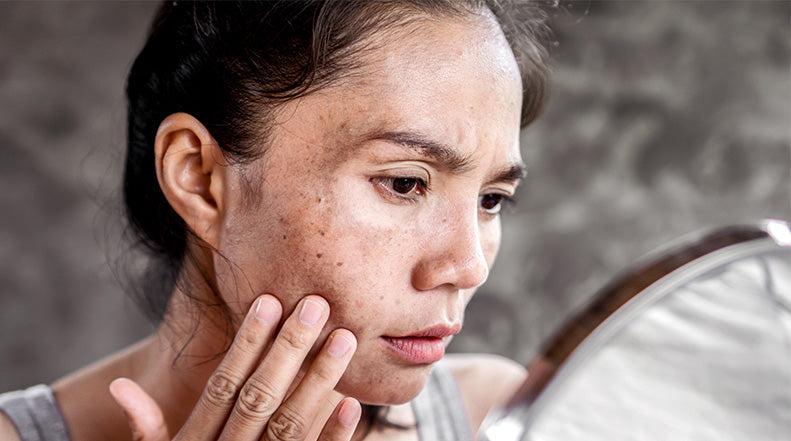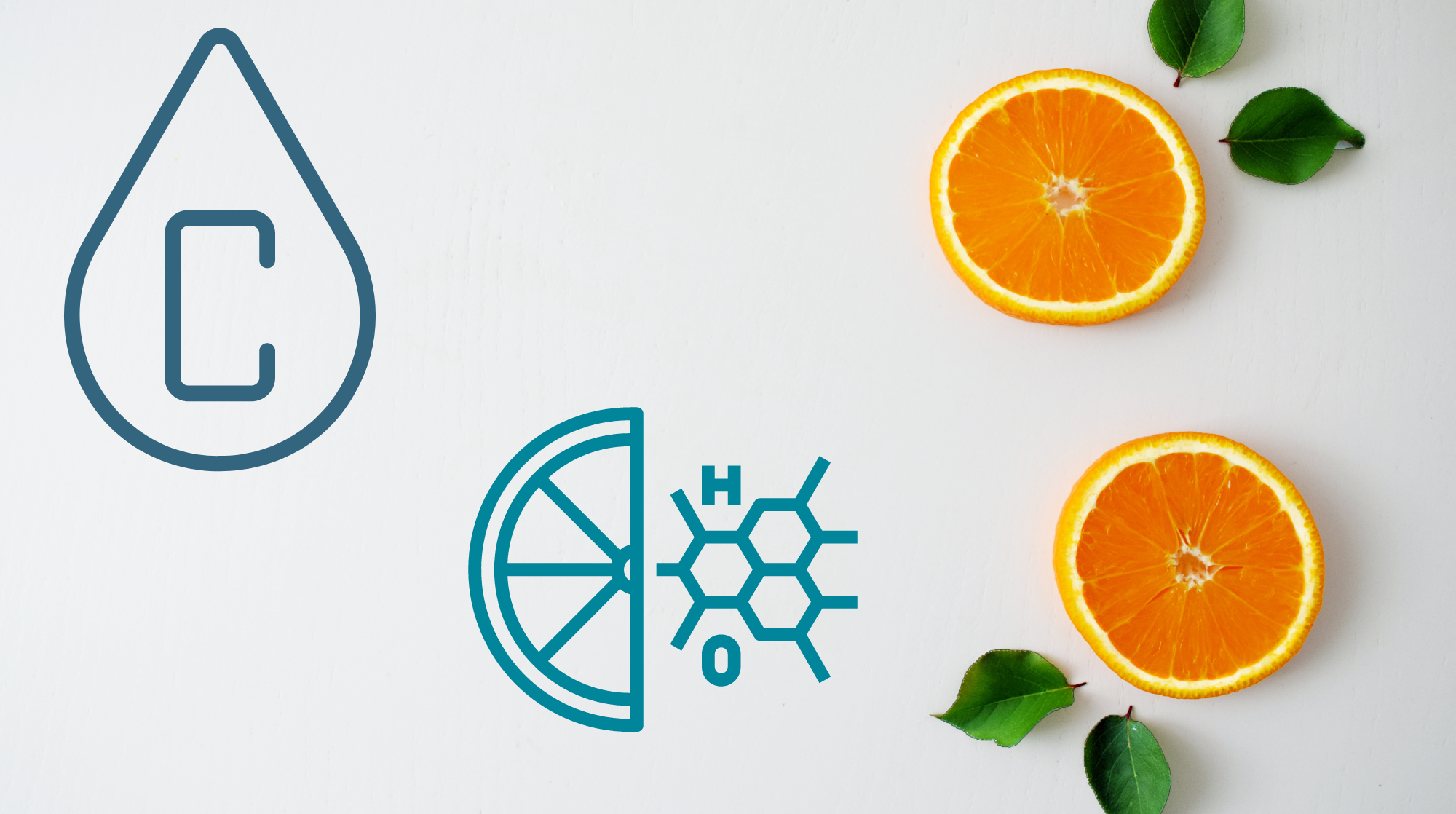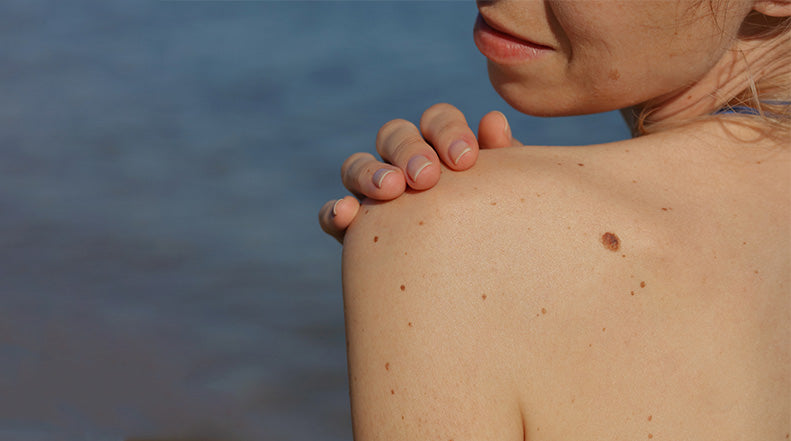Can You Prepare for Scarring?

Yes you can! If you have been wounded with a cut or burn, or are having surgery or a procedure done that will require an incision, it is predictable that scar management will be part of your healing process.
WHAT CAUSES SCARS?
Whenever your skin is injured, your body’s natural response is to heal the wound which may result in scarring. Wound healing occurs in three phases, that are not necessarily mutually exclusive. The processes are generally referred to as inflammation, proliferation, and remodeling. The National Institute of Health describes them as follows:
Inflammation commences with disruptions in capillary blood vessels and induction of hemostatic cascade. The leaked intravascular contents form fibrin clots, which are composed of fibrin mesh and platelets. This provisional extracellular matrix (ECM) in the wound paves the way for migration of various cells that participate in the wound healing process.
The second stage in wound healing is proliferation, which begins around day 4 or 5 with the migration of fibroblasts into the wound matrix. By 2 to 4 weeks, the fibroblasts are maximally up-regulated and replace the fibrin with a more robust matrix of collagen fibers. In the mature wound, the initial elastic fiber network is no longer observed and explains the firmness and absence of elasticity of scars (1). Another important aspect of the proliferative phase is the inward epithelialization of keratinocytes from the wound margin. Wound contraction begins around day 10 to 12, but this timing can vary with wound severity and general conditions of the patient (2).
The third and last stage in wound healing is the remodeling phase, which usually begins 3 weeks after tissue injury. Microscopic findings of this stage include decreases in fibroblast count, occlusion of blood vessels, and hardening of collagen fibers. Continuous collagen production and degradation has an effect of remodeling the mature wound matrix for approximately 6 months post injury. At this point, production and degradation balances each other, and no significant change in collagen amount is observed. The remodeling phase is the most responsible for intra- and interpersonal variations in scar qualities. A healing incisional wound can become an unsightly scar during this period. (Source).
CAN YOU HEAL SCARS?
Many doctors will advise you that the best way to heal, including to minimize scarring, is to follow their instructions on taking care of the wound, to eat diets that are rich in certain vitamins and minerals, and to use silicone to actually heal the scar.
According to the American Academy of Dermatology, the following are dermatologist recommended wound management techniques to minimize the scar that you will have to treat:
- Keep your wound clean, washing the area gently with mild soap and water to keep germs at bay and debris away.
- Use petroleum jelly to keep the wound moist, which prevents it from drying out and forming a scab which takes longer to heal than a wound without a scab. This will minimize the scar.
- If you keep the wound cleaned on a daily basis you do not need to use antibacterial ointments on it.
- After cleaning the wound and applying petroleum jelly, cover the area with an adhesive bandage. Silicone gel sheets can be applied directly to closed wounds, without ointments or petroleum jelly.
- Change the bandage daily to help the wound stay clean while it is healing.
- If you needed stitches or staples, be sure to follow your doctor’s orders on how to care for the injury and when to have the sutures taken out, which will help to minimize the scarring.
- Use SPF 30 or higher sunscreen on the wound after healing, which can also help to reduce discoloration.
HOW SILICONE SCAR TREATMENT WORKS
Silicone sheets and gels from NewGel+ help fade, flatten and soften scars and are proven to work. If scarring is something that you are worried about, having the scar remedies prepared as soon as possible is a good idea. NewGel+ offers a wide variety of silicone sheets, strips, shapes and gel so that every scar can be cared for property. Your doctor can advise you on the best time to start treating your scar for optimal healing and when it is safe for you to begin using silicone sheets or gels.
As reported in the Journal of Cutaneous and Aesthetic Surgery, silicone gel heals scars based on:
- Increasing moisture level of the stratum corneum (the uppermost layer of the skin). This facilitates regulation of fibroblast production and balances collagen production.
- Balancing the expression of growth factors. Certain growth factors increase the level of enzymes which break down the excess collagen. Silicone gel regulates these growth factors to normalize collagen synthesis.
- Protecting the scarred tissue from bacterial invasion so that the scar doesn’t get infected or inflamed, both of which can cause excessive collagen production of more scar tissue.
The look and feel of a scar depends on the wound itself, the amount of blood that flows to the area, your own skin color and thickness, and your general health. Scars are formed when the dermis layer of the skin is damaged and the body produces new collagen to heal that damage. The new tissue that is formed has a different texture and quality than the skin around it. The scar is what remains after the injury is otherwise healed.
Whether a small, normal scar, or a large, angry, red protruding scar, the aesthetics and physical discomfort can be disabling. Scars can cause itching, pain, anxiety and self esteem issues. (Source). This is why it is important to make sure you take advantage of the best scar healing alternatives available, silicone sheets and gel.
Related Articles:




Comments